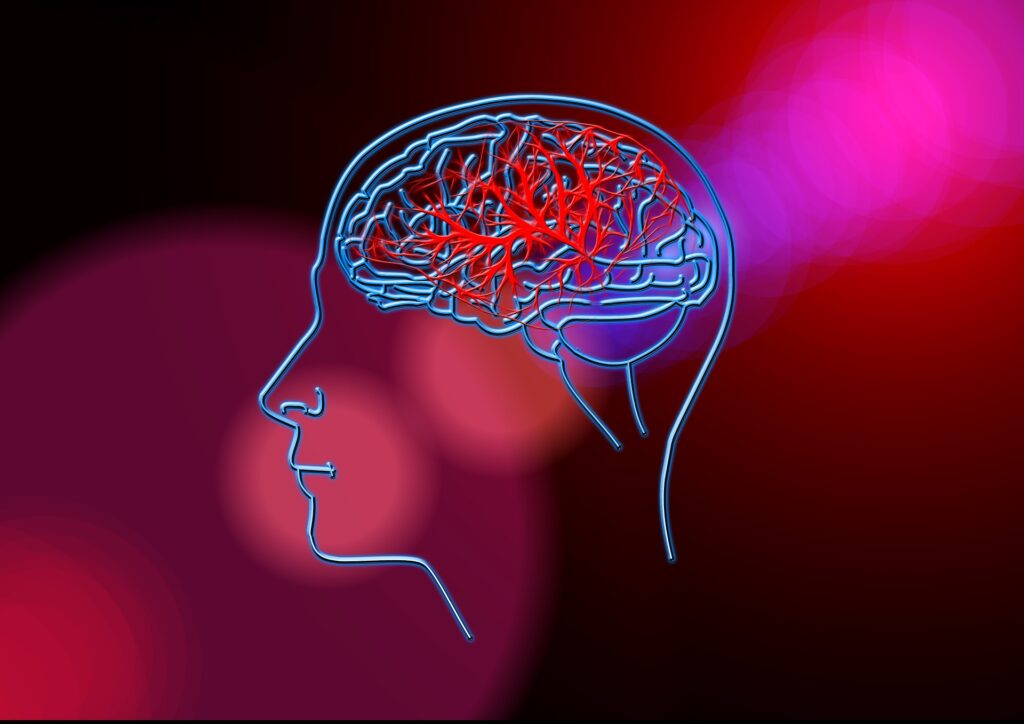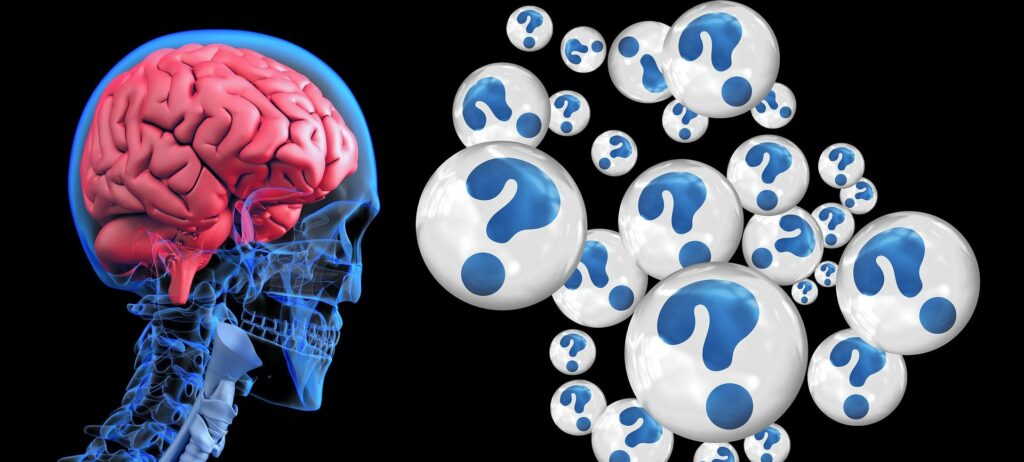Biological Grounding – Real or Hocus Pocus?

Biological grounding involves standing barefoot on the ground. The idea being any residual static electricity will be drained off into the earth – like emptying out the battery, as it were. The idea has an intuitive appeal. Who hasn’t been zapped by a car door handle discharging static electricity, sometimes with an audible crack? Or, who hasn’t taken off a shirt or blouse and heard the crackle of static discharge? The question is, is there any therapeutic benefit derived? This article explores what published science may have to offer to underpin the practice of grounding in the context of health and wellbeing.
A university library search on the term grounding yielded 183,000 peer-reviewed publications. The meaning of the word ‘grounding’ ranges from the devastating grounding of a naughty teenager to grounding an issue in the facts, and beyond. Another search, this time on biological grounding, narrowed the field to almost 31,000 peer-reviewed publications. The term biological earthing yielded a manageable 600 peer-reviewed publications to winnow. This article reports on many of these publications and their relevant linked publications.
So here’s the theory highly simplified. Now we all know free radicals aren’t a good thing. A free radical is missing an electron (and so is positively charged). When connected to the earth the earth supplies the electron to nullify the free radical. In 1994 Anisimov performed tests to show that the earth’s surface is electrically charged.
Now, according to Rosalind Tan (2014), our bodies are electrically conductive. Charged ions and free electrons get good conduit via blood and other body fluids. Electrical charge builds up in people like a battery, especially in a dry climate. Fuel truck drivers must discharge any possible likelihood of sparking, sometimes with wrist straps. The relevance here is that earthing or grounding a person is very much part of solid science.
The earliest and pioneering work was that of Dr. White GS (1929). Ahead of his time, he helped sleep-deprived individuals by earthing their beds with copper wire.
In 2010 Clinton Ober et al claim in their book: “Earthing – The most important health discovery ever?” the following:
- “Defuses the cause of inflammation and improves or eliminates the symptoms of many inflammation-related disorders.
- Reduces or eliminates chronic pain.
- Improves sleep in most cases.
- Increases energy.
- Lowers stress and promotes calmness in the body by cooling down the nervous system and stress hormones.
- Normalizes the body’s biological rhythm
- Thins blood and improves blood pressure and flow.
- Relieves muscle tension and headaches.
- Lessens hormonal and menstrual symptoms.
- Dramatically speeds healing and helps prevent bedsores.
- Protects the body against potentially health disturbing environmental electromagnetic fields.
- Accelerates recovery from intense athletic activity.”
Ghaly & Tepliz in 2004 measured cortical (stress hormone) secretion during sleep of 12 subjects. The electric field of the subjects was measured and found to decrease as a result of earthing from an average over the 12 subjects from 3.270 V to 0.007 V. They concluded that earthing a person during sleep reduces night-time levels of cortisol so improving sleep.Ib Andersen in 1965 remarked how a person could become electrically charged in relation to his surroundings merely by walking over a Nylon carpet. He added that an electric field may electrically induce a person, if:
- “A person has a certain potential relative to the surroundings.
- A person is at earth potential while free charges occur in the surroundings.
- Both 1 and 2.”
Christian Back (1967) an electrical engineer, devoted his book “Ions for breathing” to atmospheric electricity. The term ‘ion’ is ill-defined like a rock can range from just bigger than the size of a grain of sand to massive asteroid size. The term stretches from atomic ions like household salt dissolved into Sodium cations and Chloride anions all the way to the larger aerosol size. He disserts the electric field in rooms around occupants and delves into the effect of ions on such people.A good study of the dispersal of small air ion concentrations is a case study by Jamison et al who in 2006 measured the charged particles and molecules in an office for one person. The measurements were taken in a horizontal plane through seated eye-level and then in a vertical plane nominally coinciding with the seated person. In the vertical plane, the average number of Negative Small Air Ions per cubic cm (SNAI cm-3) was 361 per cubic cm over 276 sampling points ranging in number from 10 ions to 930 ions per cubic cm. In the vertical plane, the isoline areas bounded by the upper bound concentrations completely obscured the seated subject immersing the person in the higher ranges of SNAI.
A further point of interest is the electrostatic potential measured by them in the vertical plane averaging 104.9 V and ranging from 2.2 V to 7.7 kV. The maximum values were around the footrest where the operator had been rubbing shoes. Russian and Swedish guidelines stipulate less than 500 V at 50 cm from the computer.
High school science teaches about anions and cations. It should come as no surprise that the air we breathe also has ions and Charry (1984) concludes that small air ions are likely to have biological effects. Yet Krueger in 1976 had already presented experimental data that small air ions are indeed biologically active.
Just like fish swim in an ocean of Sodium and Chloride ions so too are humans in an atmosphere of ions, positive and negative. Whilst the ions can be generated, more than one-third of positive ions occur naturally as a result of radioactive decay. They don’t travel far and have a short life. Indoors the ions have an even shorter life (30 seconds) as they bump into things and short out. (Alpha Lab Inc) Therein lies the key to biological grounding: Shorting out by earthing with Mother Earth.
To conclude, a snippet from an invited editorial prepared by the late Dr AP Kruger in 1982 is presented from the International Journal of Biometeorology. The editorial sets many urban myths about air ions straight. He concludes his editorial with advice for prospective buyers of air ion generators:
- “Air ions, negative and positive, are normal constituents of our biosphere and they are biologically active.
- A good deal is known about the effects of air ions on bacteria, protozoa, plants, insects, and small animals. Less is known about their action on humans. There is evidence that air ions can influence the mood, behavior, and performance of certain tasks.
- There is some suggestion that air ions may be of value in the treatment of certain diseases, but more critical trials are needed before air ions therapy can be established as an acceptable addition to the medical armory armamentarium.
- Some air ion generators produce ozone and should be avoided.
- No one as yet has found that the negative air ion concentrations produced by any properly constructed commercial generator may be harmful.”
http://www.facebook.com/Wellness-Wear-612983345564444/
After about 6 years of buying women’s wear from China, India, Thailand, Bangladesh, and Indonesia we found a need to ensure supply is according to the following:
• No child labor
• No Azo dyes that cause cancer
• No harsh processing chemicals that hurt the environment.
• Fabric from renewable sources
• Natural fire retardant fabric
We went a little further, and asked ourselves the question:
What can we add to our range of clothing that enhances wellness in the wearer?
We came up with some surprising answers. Watch this space.
Diana-ware and Wellness-Wear
https://www.handicapreview.com/product/10xpure-gold-cbda-muscle-joint-relief-cream-30-convenience-packets/




